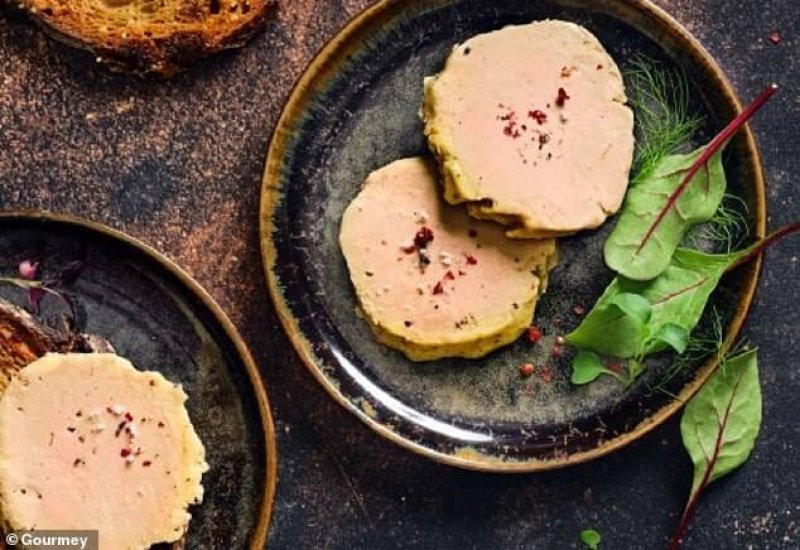Foie gras, which is made from duck or goose liver, has long been public enemy No. 1 among those concerned about the animal cruelty inherent in the human food chain. That’s because, to prod the birds’ bodies into growing extremely large and fatty livers, farmers alternately starve and then force-feed the animals.
…
[Startup Gourmey] surmised foie gras could be created from poultry stem cells harvested from duck eggs. But they knew it would be difficult to match the delicate flavor and creamy texture of foie gras. Just how difficult, even they underestimated.
“It was an exceptionally hard process,” [CEO Nicolas] Morin-Forest says. The company had to figure out what was happening molecularly in the livers of the birds when they are being force-fed. “The liver cells are almost exploding because they have to accumulate so much lipids,” he says.
How did they do? A sample that Gourmey sent me to try looked a bit funny… but it smelled and tasted just like the real McCoy. The flavor and texture of the pinkish-taupe liver pâté was, to my palate at least, indistinguishable from the farm-produced stuff and, well, delicious.































